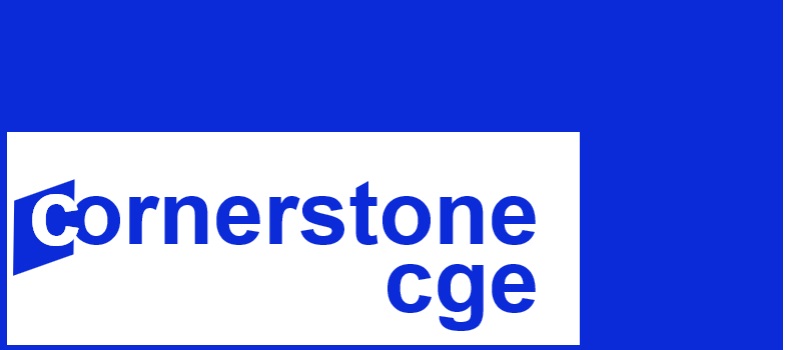What is a Computable General Equilibrium Model? (18 minute read)
A CGE model describes an economy as a whole and the flows of income and spending that create linkages among its parts. Such a model may seem complicated at first look. But its components and behavior can become clearer if we break it down into its parts, as we do in this course.
In this lesson, we'll learn about the parts of a CGE model by building one - starting with partial equilibrium models of supply and demand that you may already be familiar with.
Partial Equilibrium Models of Supply and Demand
Partial equilibrium models describe one part of the economy in detail. For example, a partial equilibrium model can describe production in one industry, such as autos, or demand by households for items in their grocery basket. The rest of the economy is not described in any detail, if at all. Implicitly, economic conditions in the rest of the economy are assumed to remain fixed, or are not considered important for the industry or household being studied.
Figure 1 presents typical partial equilibrium models of supply and demand. On the left is a model of supply, in which a profit-maximizing producer faces some level of demand, and decides how much to produce given the costs of its inputs, including wages and rents, and its sales price. The right side of Figure 1 presents a partial equilibrium model of demand. Household consumers receive income from wages and rents, and they decide how much to buy, given their income, the prices of goods, and their preferences.
There is no feedback between the two partial equilibrium models, from producers to household income, or from household demand to producers' output levels.
Figure 1. Partial equilibrium models of supply and demand

Larger image is available HERE.
CGE Models and the Circular Flow
The contribution of CGE models is to integrate supply and demand models by joining producers and consumers in a circular flow of income and spending (Figure 2). The wages and capital rents paid by producers generate income for households. Households then use that income to buy goods from producers. Producers respond to their demand by producing more goods and paying more wages and rents, which are earned by households and spent on goods and services, and so the cycle continues.
Because producers and household consumers are now connected, a shock that affects producers will affect households' incomes and their demand for goods. And, a shock to households' income will affect their demand and the production levels of suppliers.
Figure 2. A simple CGE model

Larger image available HERE.
Sources of Demand
CGE models typically differentiate among types of demand. Instead of describing only household demand, models describe demand as the sum of final demand from households, government and investment categories, and demand for intermediate inputs from other producers (Figure 3). As before, households earn wages and rents from producers. Some of that income is paid as taxes to the government. Tax revenues provide the government with income that it spends on goods and services. Households (and sometimes government) may save some of their income. The flow of savings, shown as the patterned arrows, becomes loanable funds that investors can borrow and use to buy investment goods such as machinery and buildings. Producers, too, must buy goods and services to use as intermediate inputs into their production processes.
Producers respond to the aggregated demand of households, government and investors, and to the demand for intermediates by other producers, by producing goods and services. The wages and rents paid by producers generate income for households, which leads to demand from all three sources of demand. Producers respond to this demand, and the cycle continues.
Figure 3: CGE model with aggregate and intermediate demand

Larger image is available HERE.
Trade in a CGE Model
Finally, "open economy" CGE models include trade (and sometimes investment) flows among countries (Figure 4). Open economy models explain how domestic production is allocated between domestic sales and foreign markets. The models also explain consumers' decisions about whether to buy domestic or imported varieties of goods, depending on their relative prices and whether they are good substitutes for each other.
Figure 4. CGE model with trade flows

Larger image available HERE.
The organization of this course is designed to first introduce you to the separate parts of the CGE model - demand, supply and trade - and then lead you to integrate its parts and think in general equilibrium terms about their linkages and interactions.
